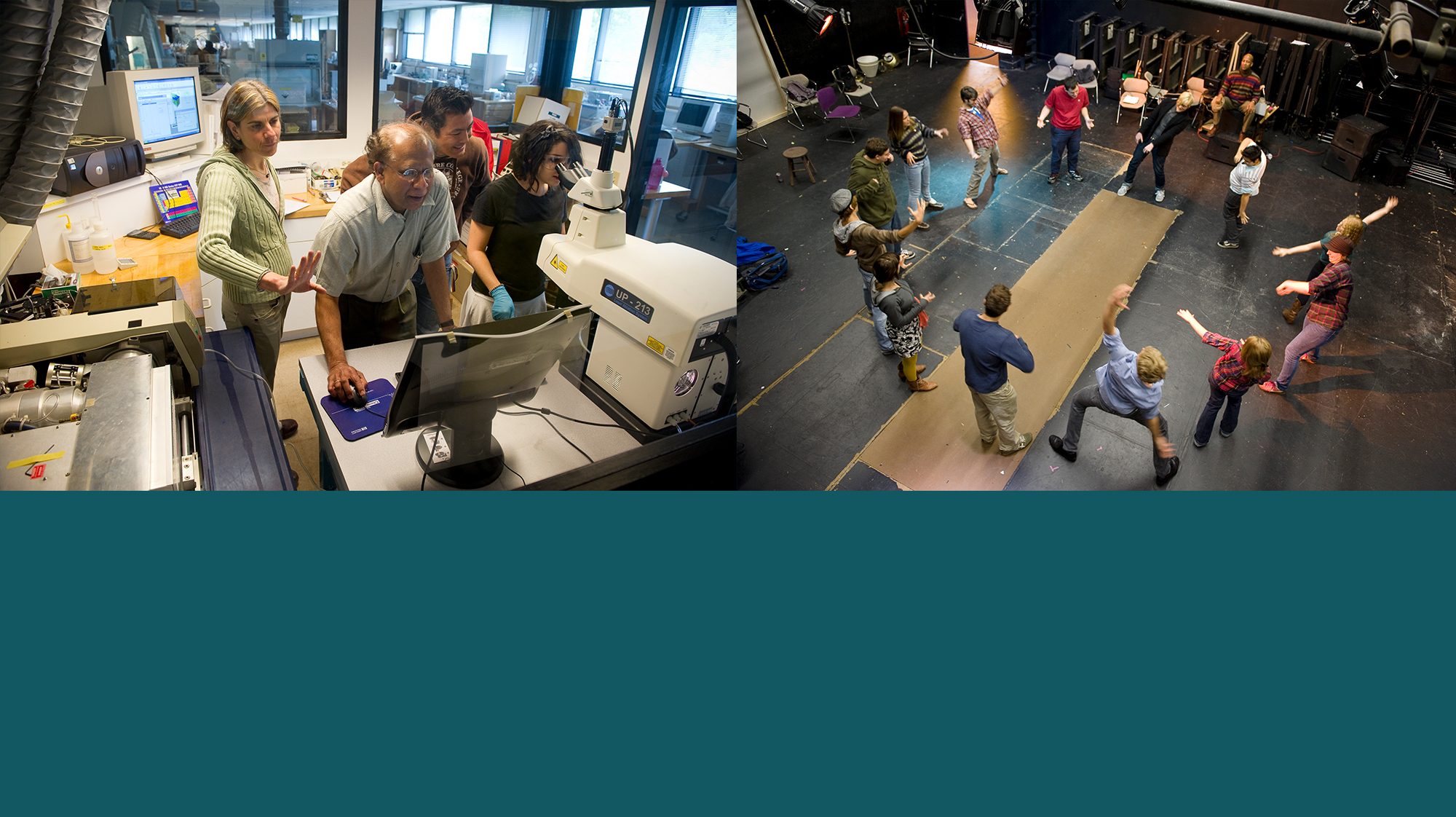Classroom Assessment
Ongoing Classroom Feedback
What is ongoing assessment? In our classes we all have specific aspirations for students, such as backing up claims with information from primary sources. There are some very useful and straightforward ways to see how well students are doing during the semester. This is ongoing (also called “formative”) assessment or evaluation. The basic idea is this: a professor identifies a skill/way of thinking, etc. and an approach to assess student progress, gets that feedback, and then uses that information to modify the course, talk to the class as a whole, or meet with particular students (it’s kind of like tasting your soup as you’re cooking to see if you need to add salt, instead of waiting until you serve the soup at a dinner party). Many studies show that student learning/understanding can improve when faculty use ongoing assessment well.
Why do this at Hampshire? Some Hampshire students say that they need more frequent, clear information about how they are doing in our classes. In first year courses especially, students coming from traditional schools would like to have a clearer idea of their progress, what faculty are looking for from students, and how faculty think the course is going. Formative assessment allows faculty to give students feedback very efficiently.
Some tried-and-true approaches
- The Minute Paper: Very easy to do: on 3×5 cards (or just pieces of paper) students literally take a minute to address a question such as “What was the main point of today’s lecture/discussion” or “What is the relationship between X and Y?” This is often done at the end of class. It is important to report back to students at the beginning of the next class, perhaps describing how well students answered the question (in part so students know that their efforts matter).
Mathematical Association of America: Minute Papers
Field-tested Learning Assessment Guide: Minute Papers
- The Muddiest Point: Like the “minute paper,” except you ask students to describe what they are most confused about from that day’s class. Sometimes what we think we explain so well remains very “muddy” to our students. As with the minute paper, report back at the next class.
- One-Sentence Summary: Ask student to summarize “who, what, how, why,” etc. Can be done orally or in writing.
- Concept Mapping: Concepts maps are a way for you to literally “see” what student are thinking about an idea or concept. There are many ways to do this. This site will give you some background about concept mapping, but you can use this approach on your own with a little creativity. If you wish to see how well students make the link between globalization and local effects for Mexican farmers, for example, you can ask them to use boxes-and-arrows to draw causes and effects, with explanations above each. Drawing these maps can help students clarify their thinking or realize what they don’t understand.
- Asking students: Sometimes the best way to get information about a class is simply to ask students for input. You can do this anonymously by asking for suggestions and comments in writing (although students may be concerned that you will identify their handwriting). You can also talk to the class halfway through the semester or at any point when you’d like feedback. Questions can be general (“What aspects of the class are working well for you and what aspects seem most difficult?”) or specific (“Was the field trip useful?”). Being open to students’ suggestions and comments is not so easy. No matter how confident we think we are, it is difficult to hear students identify parts of a course that are not working for them. Think ahead of time about what you will do with the information students provide. Who will you talk to? Trusted colleagues can be extremely helpful; they can provide perspective, personal experience, and support. Again, report back to students during the following class by thanking them for their honesty and describing your response to their input.
A classroom visit from Hampshire’s Center for Teaching and Learning.
The Director of the Center for Teaching and Learning would be happy to briefly meet with your students to get feedback about a course and then report back to you. The process involves an initial meeting to identify what a professor would like to know. General input about how the course is going? Specific feedback about a particular aspect of the class? Then the director would meet with students for 10-15 minutes (you’ll need to leave the class) and synthesize what she has learned. The final step is another meeting with the professor to go over what students have said and possible next steps. This is a completely confidential procedure. Interested faculty should contact the Center: ctl@hampshire.edu
Online Resources for Assessing Your Students’ Learning
FLAG (Field-tested Learning Assessment Guide): The FLAG offers broadly applicable, self-contained modular classroom assessment techniques (CATs).
FLAG Assessment Primer – What is Assessment? Why do it?
Iowa State PLUS/DELTA Classroom Assessment Technique: Identifying what is going well and what needs to be changed.
Formative vs. Summative Evaluation (pdf)
References
Angelo, T. A. & Cross, K. P. (1993). Classroom assessment techniques: A handbook for college teachers. San Francisco: Jossey-Bass.
Bloom, B. S., et al. (1994). Excerpts from the “Taxonomy of educational objectives, the classification of educational goals, handbook I: Cognitive domain.” In L. W. Anderson & L. A. Sosniak (Eds.), Bloom’s taxonomy: A forty-year retrospective. Chicago: University of Chicago Press.

